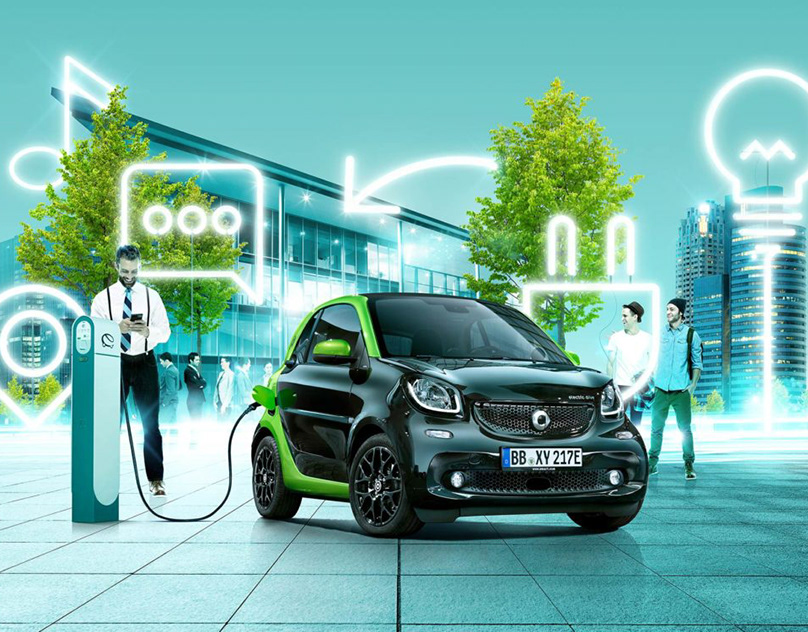Transportation systems around the world are undergoing a massive transformation. Advancements in technology are enabling new mobility solutions that are more connected, autonomous, shared and electric. This confluence of innovations is paving the way for “smart mobility” – a transportation paradigm focused on moving both people and goods in a more efficient, affordable, safe and sustainable manner.
Connected Vehicles
One of the foundational aspects of smart mobility is connectivity. As vehicles become wired to communicate with infrastructure and each other, it unlocks opportunities for improved road safety, traffic flow optimization and enhanced passenger experience. Connected vehicles utilize technologies like vehicle-to-everything (V2X) communication to exchange data with traffic lights, other vehicles and transport networks. This allows for safer left turns through advanced intersection alerts, automatic emergency braking to avoid collisions and platooning of commercial trucks to reduce fuel consumption and congestion on highways. Early rollouts of connected vehicle systems are already demonstrating benefits and laying the groundwork for more sophisticated applications in the future.
Autonomous Driving
While still in development, self-driving cars represent a transformative part of the emerging smart mobility landscape. Automated vehicles rely on sensors and computer vision algorithms to drive themselves without human input. This promises to reduce traffic accidents attributed to human error, ease congestion through better road capacity utilization and provide mobility access for elderly and disabled populations. Leading automakers and technology giants are aggressively investing in autonomous driving research with the goal of deploying increasingly capable driverless vehicles over the next decade. Challenges around securely operating autonomous vehicles in all road conditions continue to be addressed through virtual simulation, test track mileage and gradual integration of automated features.
Electric Mobility
The transition to electric vehicles (EVs) is another area witnessing rapid change. Falling battery costs, improving range and widespread availability of charging points are pushing EVs from niche to mainstream. Electric drive trains offer smooth and quiet operation compared to internal combustion engines. More importantly, EVs eliminate local emissions and are far more energy efficient than gasoline or diesel vehicles over their lifetime. Battery EVs are increasingly proliferating personal passenger vehicle segments with options across all major automotive brands. Commercial fleets are also electrifying rapidly to reduce operational costs through lower “fueling” and maintenance expenditures. Municipal governments are heavily incentivizing EV adoption through financial subsidies and infrastructure investments to decarbonize transportation.
Mobility as a Service
The concept of Smart Mobility as a service (MaaS) envisions integrating various transportation modes through a single interface like a mobile app. Users would be able to plan, book and pay for multimodal trips using both public and private mobility services. This could include booking a shared electric scooter to reach a metro station followed by a train ride and pooled autonomous vehicle for the final leg of the journey. MaaS makes individual transportation modes more accessible and emphasizes optimizing the overall experience for users. It also has the potential to reduce car ownership rates by offering pay-per-use options that are often cheaper and more convenient than maintaining personal vehicles. While still emerging, successful MaaS rollouts in cities around the world demonstrate the model’s viability and user friendliness.
Urban Planning for Smart Mobility
For smart mobility concepts to reach their full transformative potential, corresponding policy changes and infrastructure investments need to be made. Cities will play a critical role in this process through holistic planning approaches that consider multimodal accessibility and efficient land usage. Developments like dedicated bus lanes, cycle tracks, pedestrianized zones, electric vehicle charging infrastructure and integrated public transit networks make alternate transport options attractive.
*Note:
1. Source: Coherent Market Insights, Public sources, Desk research
2. We have leveraged AI tools to mine information and compile it



